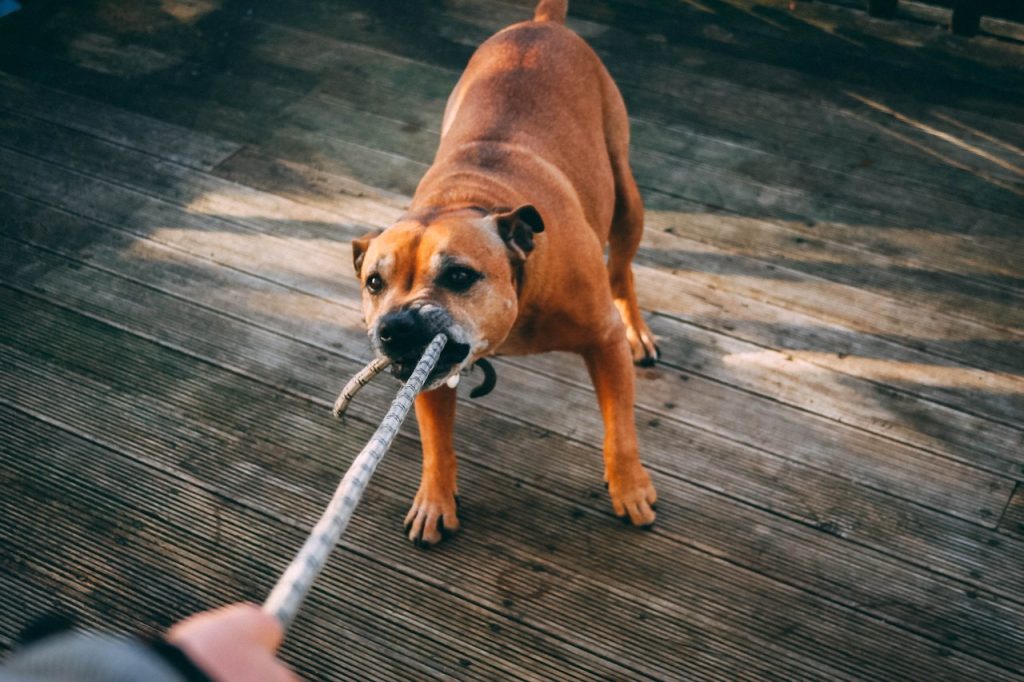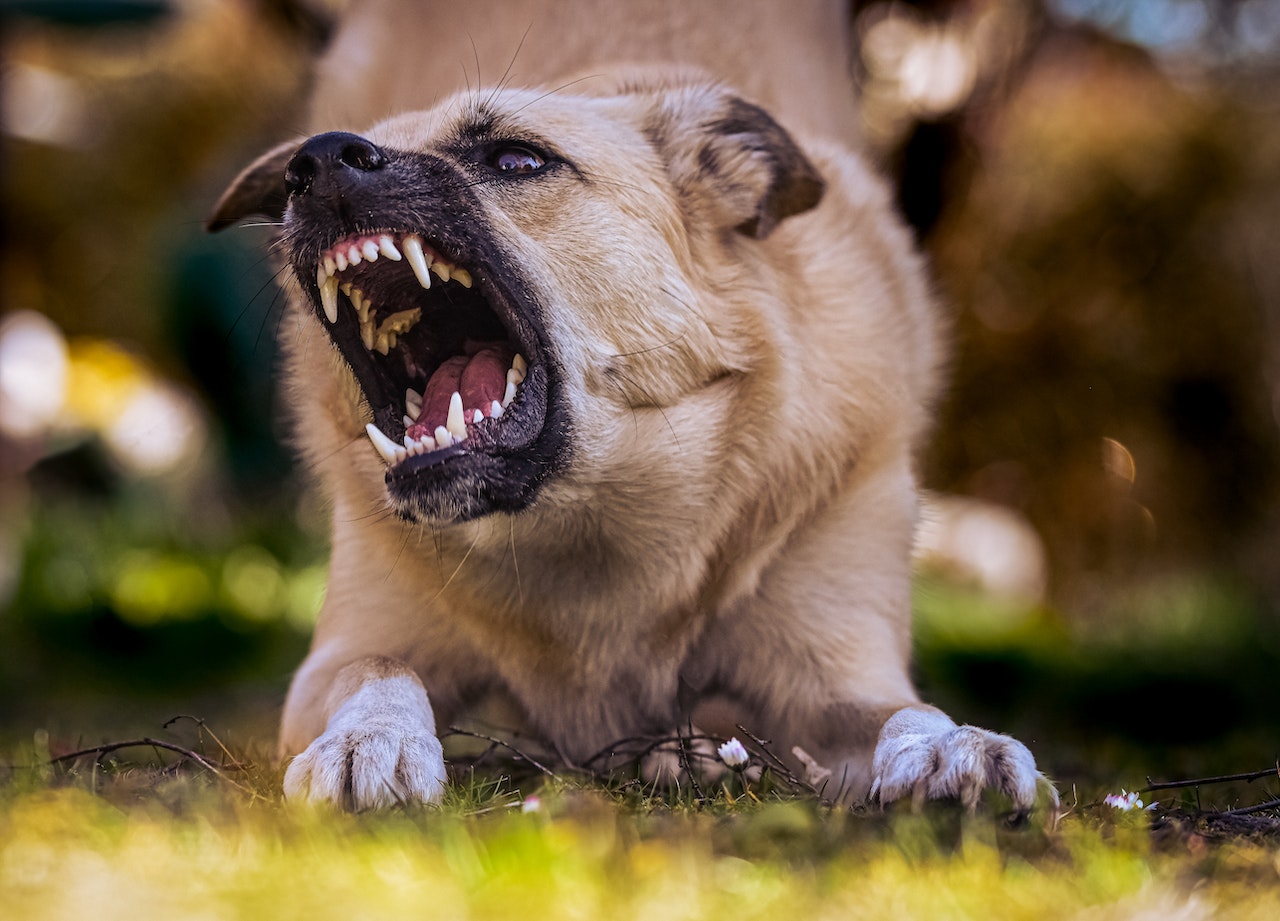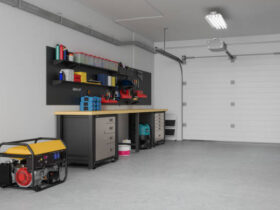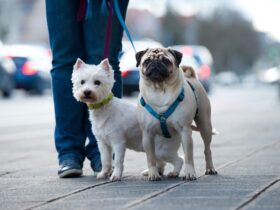What is a reactive dog?
We’ll begin by defining how to tell if your dog is being reactive. Reactive dogs tend to respond to a certain stimulus at a higher-than-normal rate. In order to identify a reactive dog, you must look for several common behaviors of a reactive dog, like excessive barking, growling, stiff muscles, peeing, and snapping. If your dog exhibits strange or unusual behaviors, you should be alert that they are reactive.
Aggression is the result of a dog that is reactive. Because reaction and aggression are frequently mistaken for one another, it can be challenging for a dog owner to recognize a reactive dog. This leads to the late identification of a reactive dog since the owner will notice the dig after escalation. You’ll learn several approaches in this post for calming your reactive dog.
Determine his triggers
Observe your dog’s body language. Since the nature of animals, such as dogs, doesn’t allow them to say what they are feeling, you need to be very attentive and cautious of everything that is happening in their environment and also how they react. Dogs are often triggered by strangers who touch them, loud noises, being strained, and unusual movements or objects. Always use the best method possible when introducing your dog to something new; if not so, avoid it.
Counter-conditioning and desensitization
Counter conditioning is the act of teaching your reactive dog to cope with and manage its emotional response to stimuli, whereas desensitization is a method of exposing the pet to a stimulus that induces an unwanted reaction at a very low level such that there is no response. In this approach, the dog is exposed to a certain stimulus and then treated before the reaction. The rate of the stimulus is slowly increased as the dog is able to withstand it. Develop the habit of rewarding your dog for behaving normally.
Improve your routine
Your dog’s reactive behavior can be managed by exposing them to various surroundings. Be careful not to expose your dog to stimuli, such as car rides or even your home’s windows. Try using some household equipment and tools, such as stools and cartons, to assist your reactive dog’s behavior.
Prevent Disciplinary Training
Many dog owners have a bad habit of training their pets under difficult circumstances, which not only resolves the initial issue but also causes emotional harm to the dog. The cause of increased reaction in dogs includes harsh corrections, intimidation, and shock collars. Dog owners are advised against using harsh training methods since they can fail and put the dog at risk for severe overreaction. Your dog won’t become more obedient by being trained in severe conditions. It will simply make the dog anxious, which results in behavioral issues and poor responses. They exhibit more negative emotions and behavioral issues.
Keep calm
It is not only very tough to calm your dog when it is triggered, but also impossible. According to dog experts, you should remove the dog from the area where it was stimulated.






